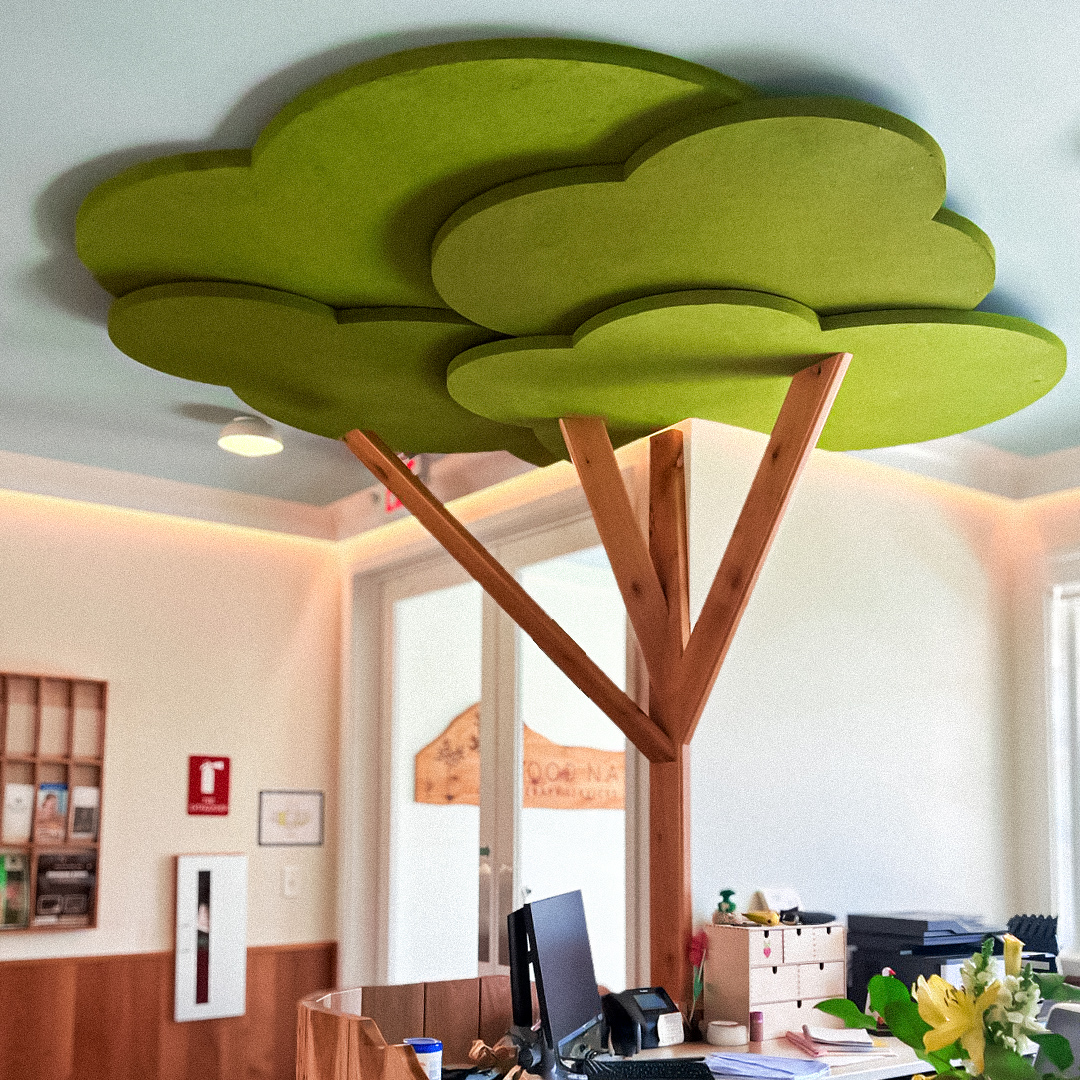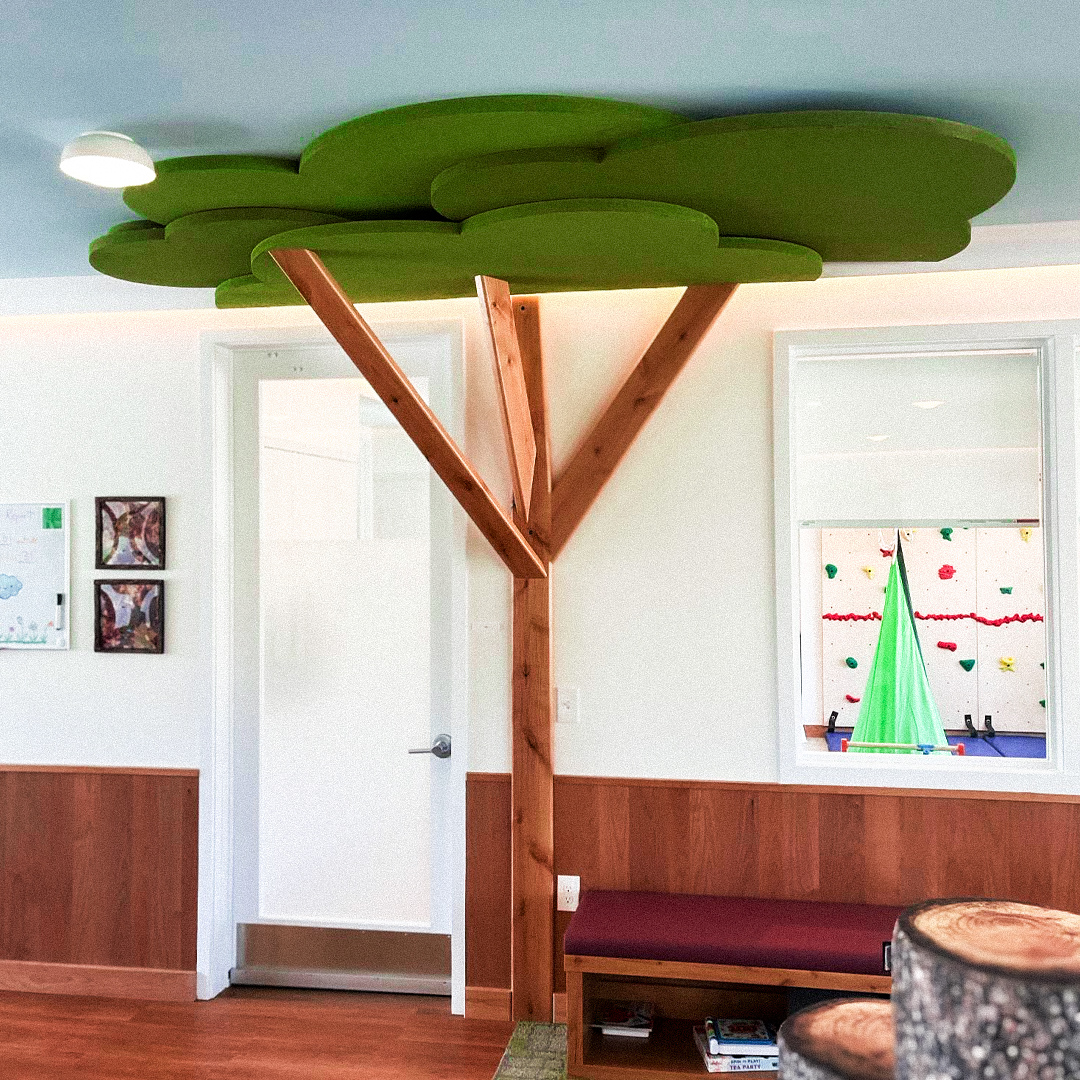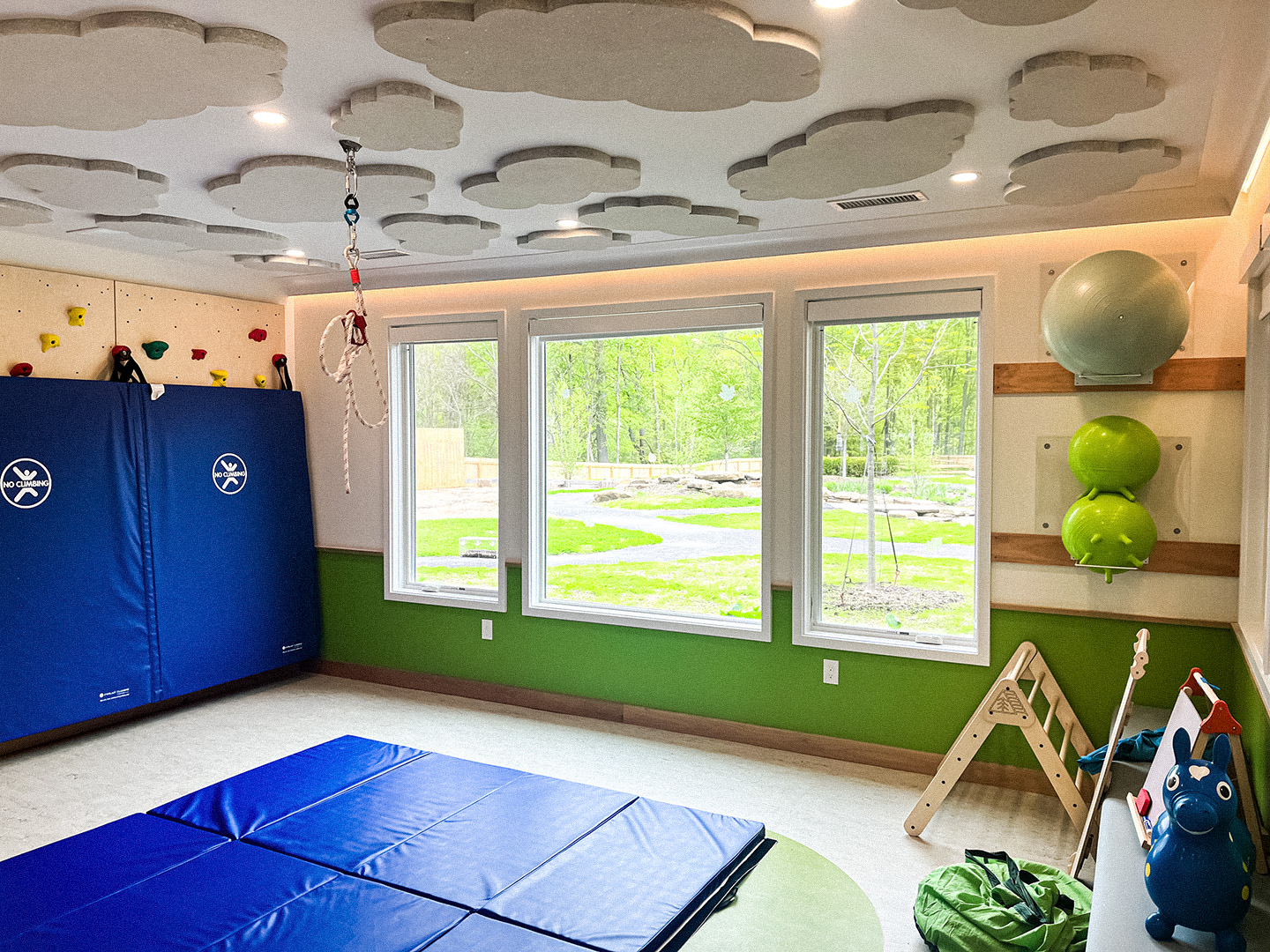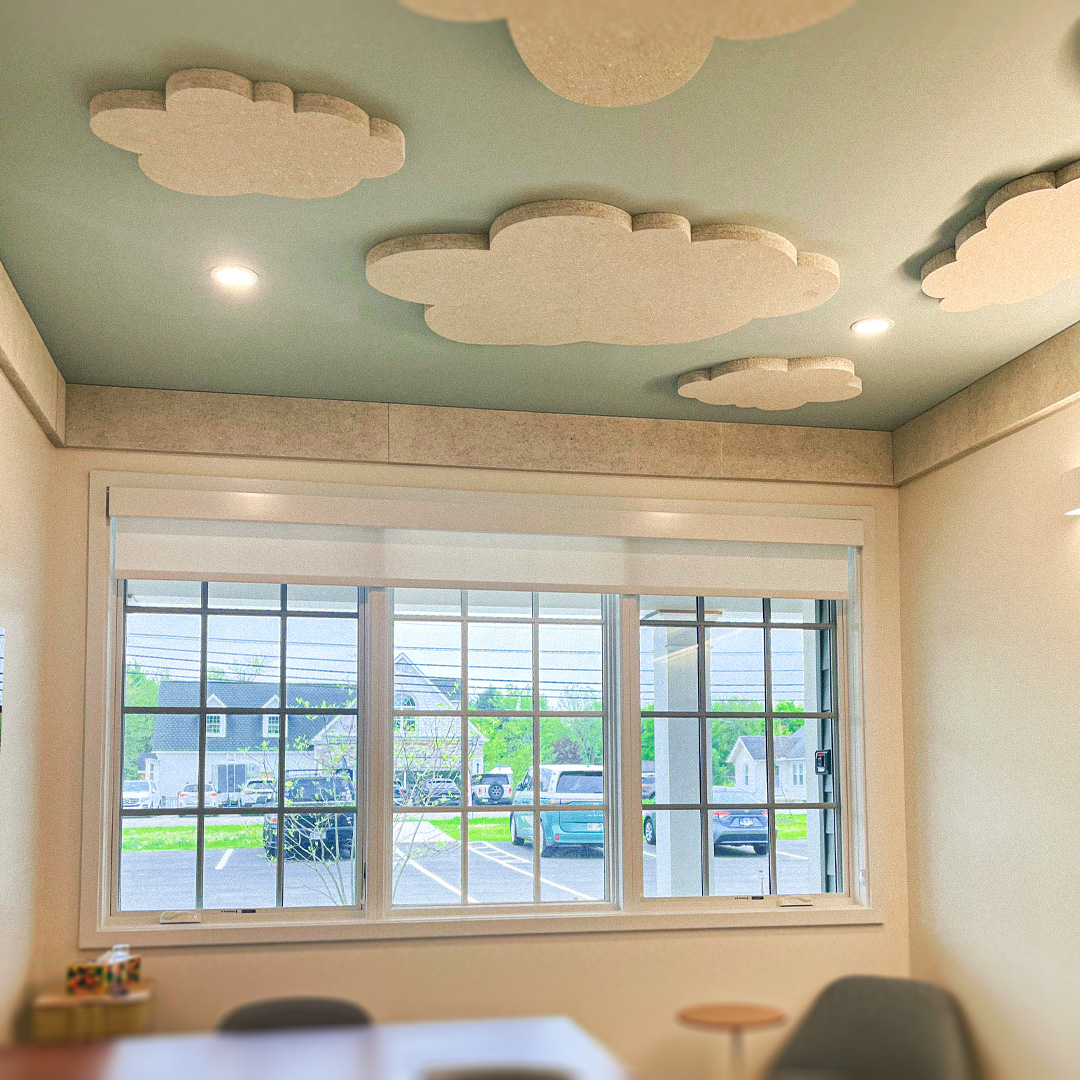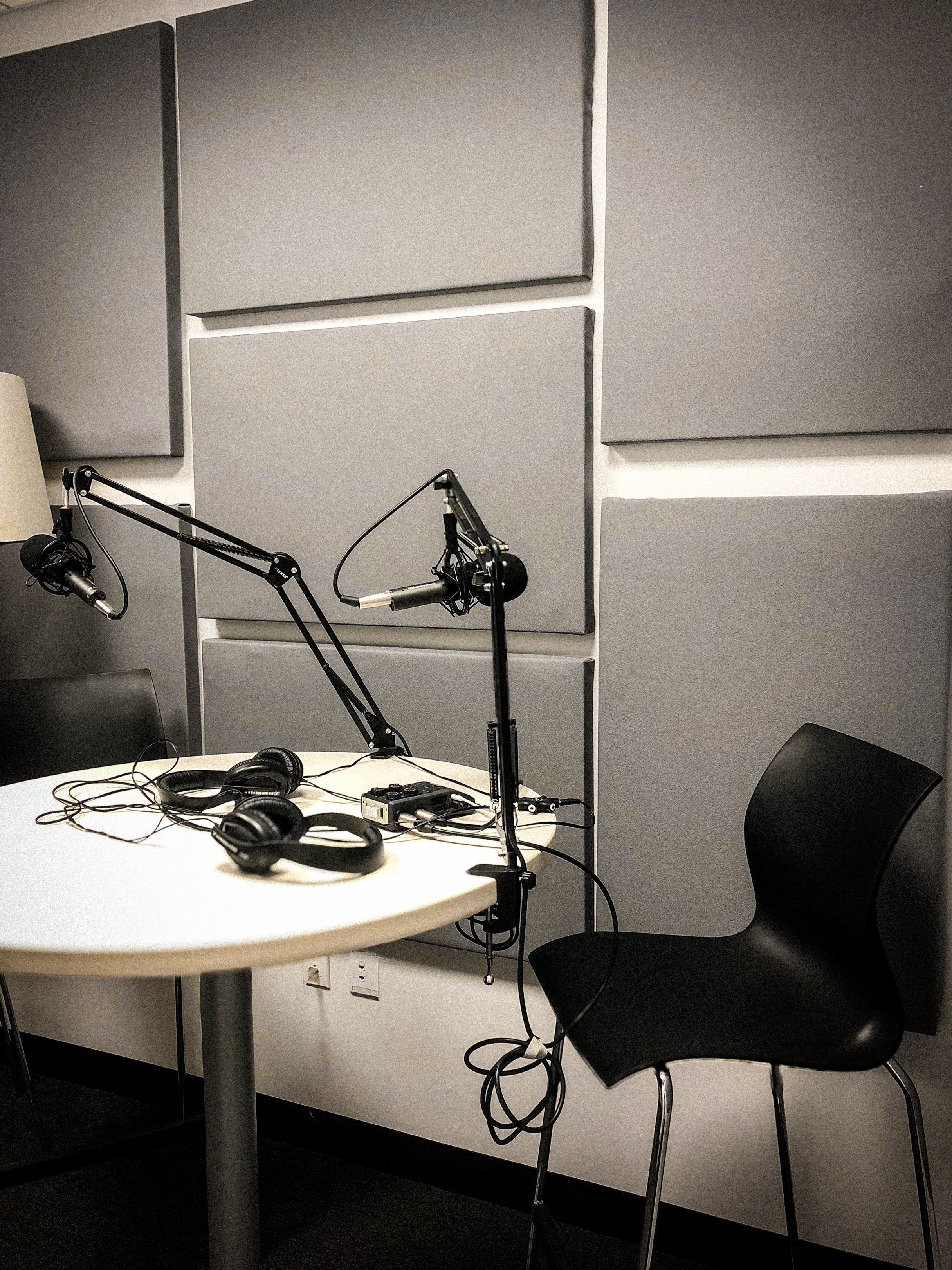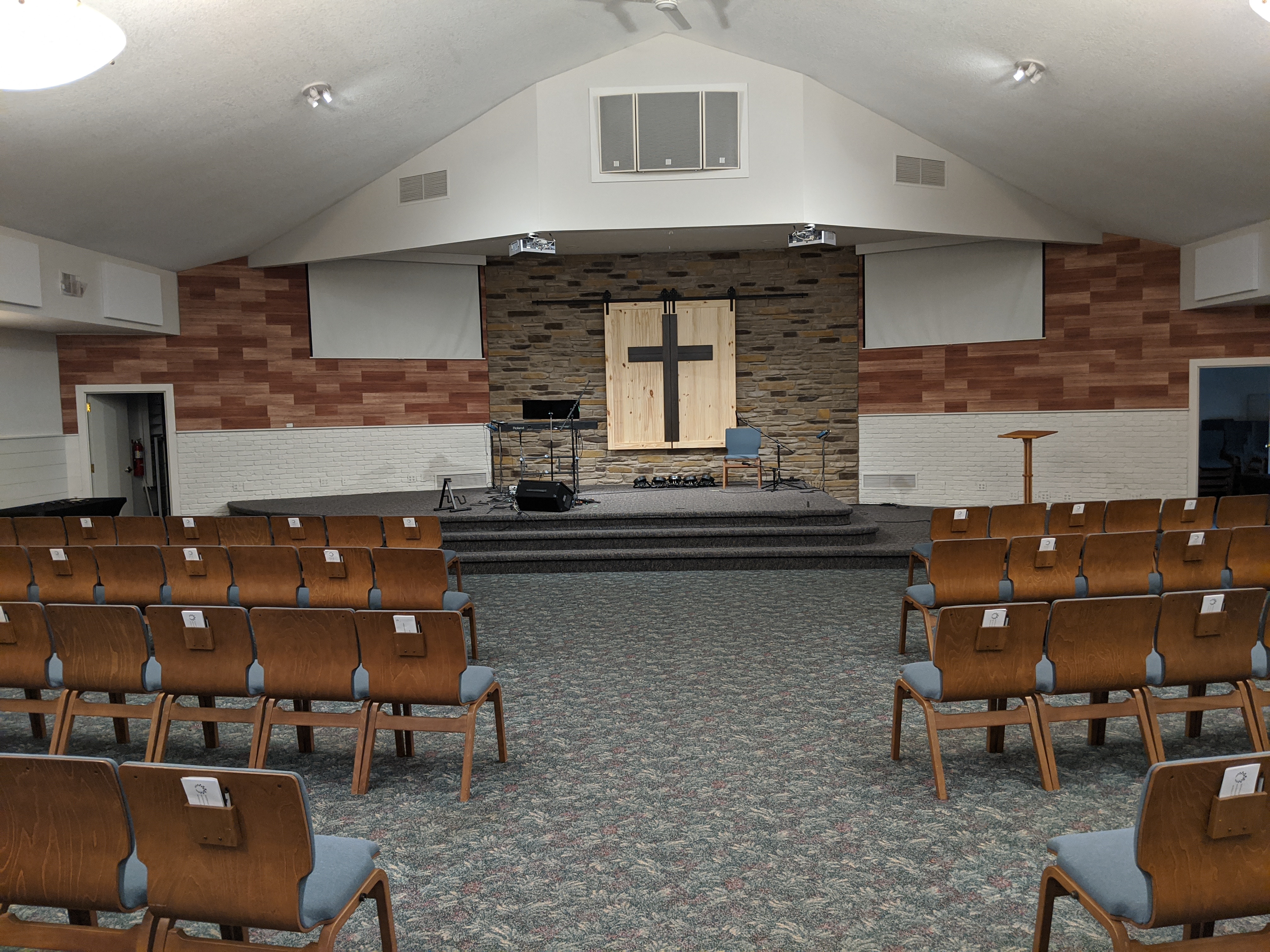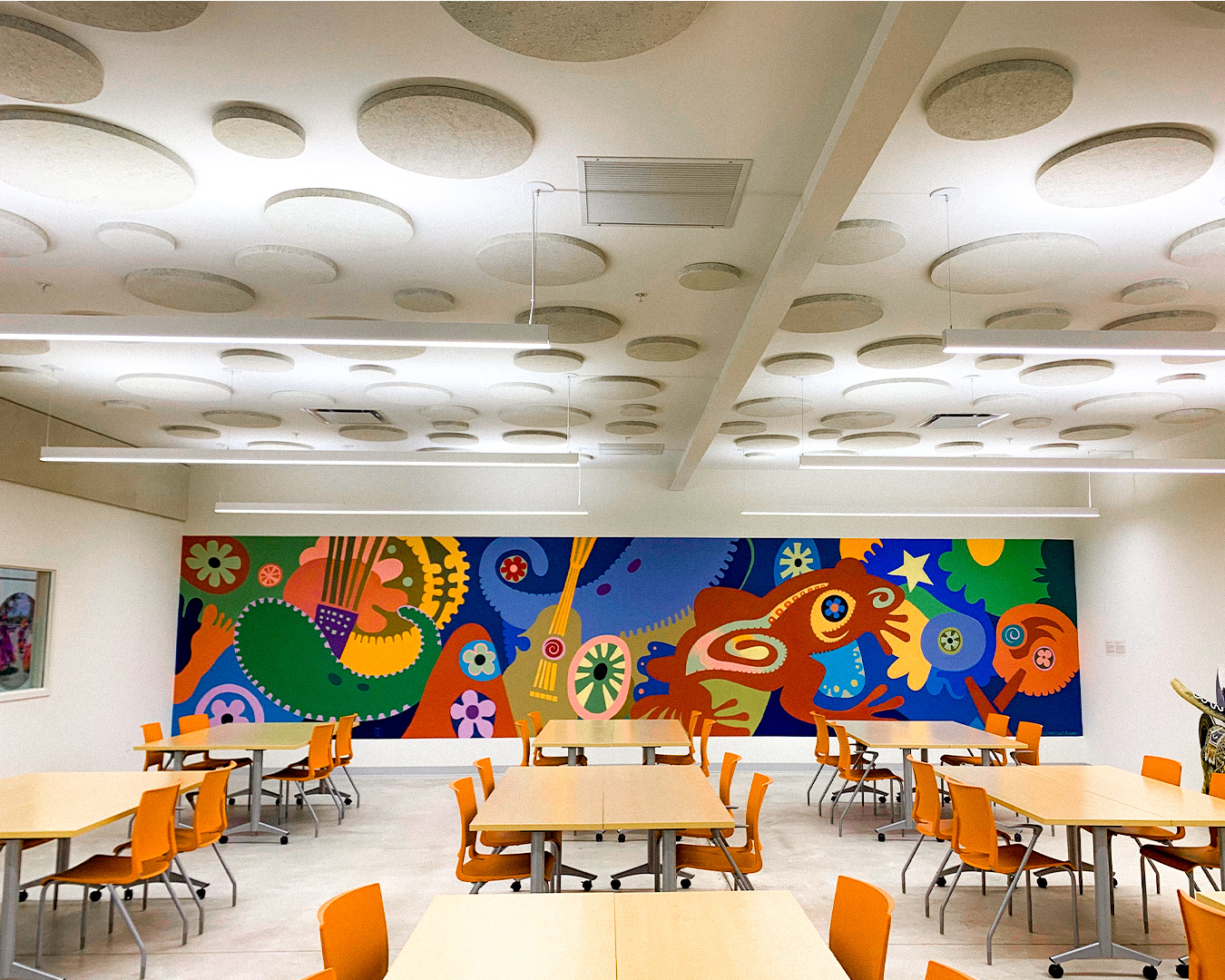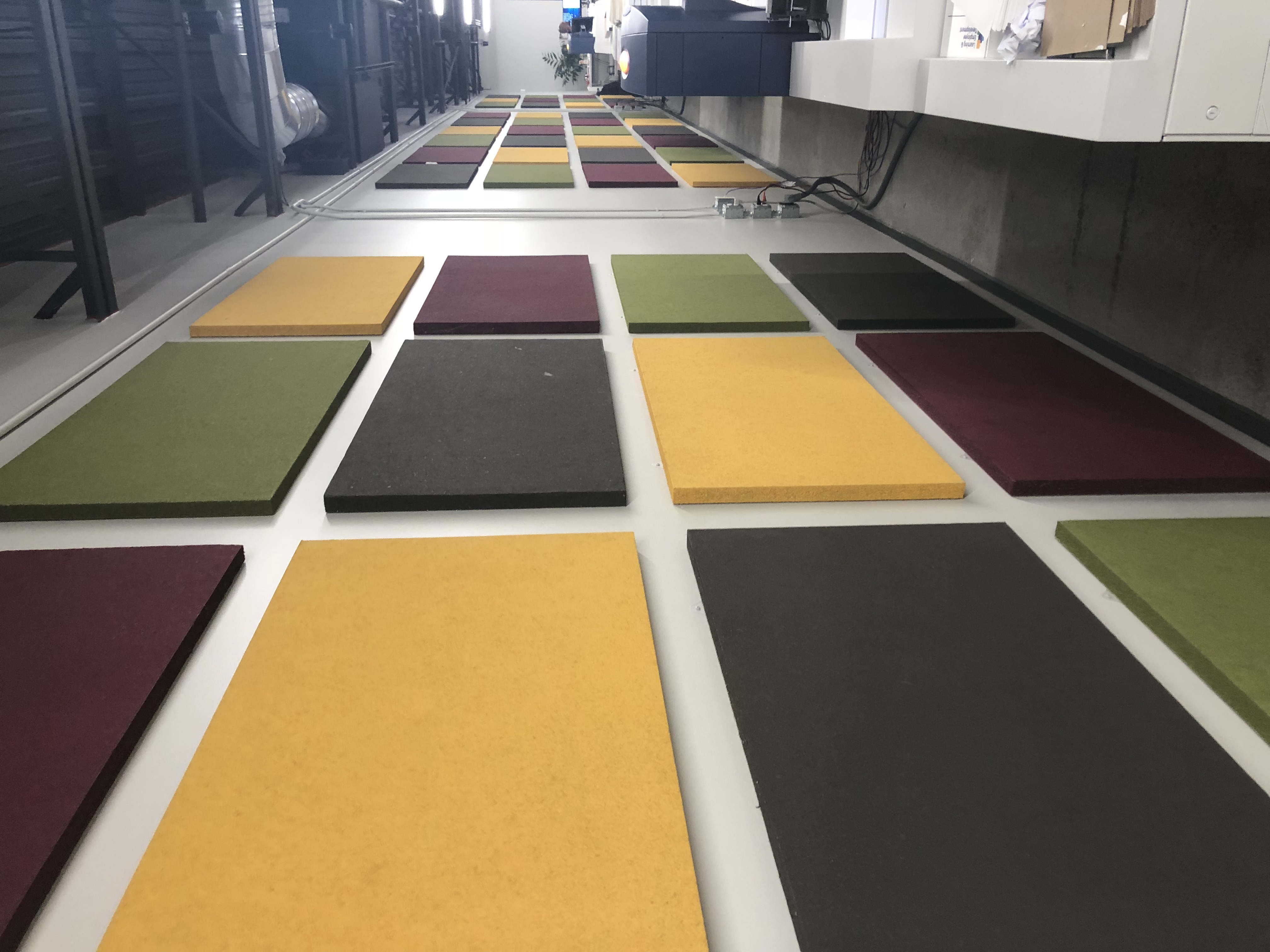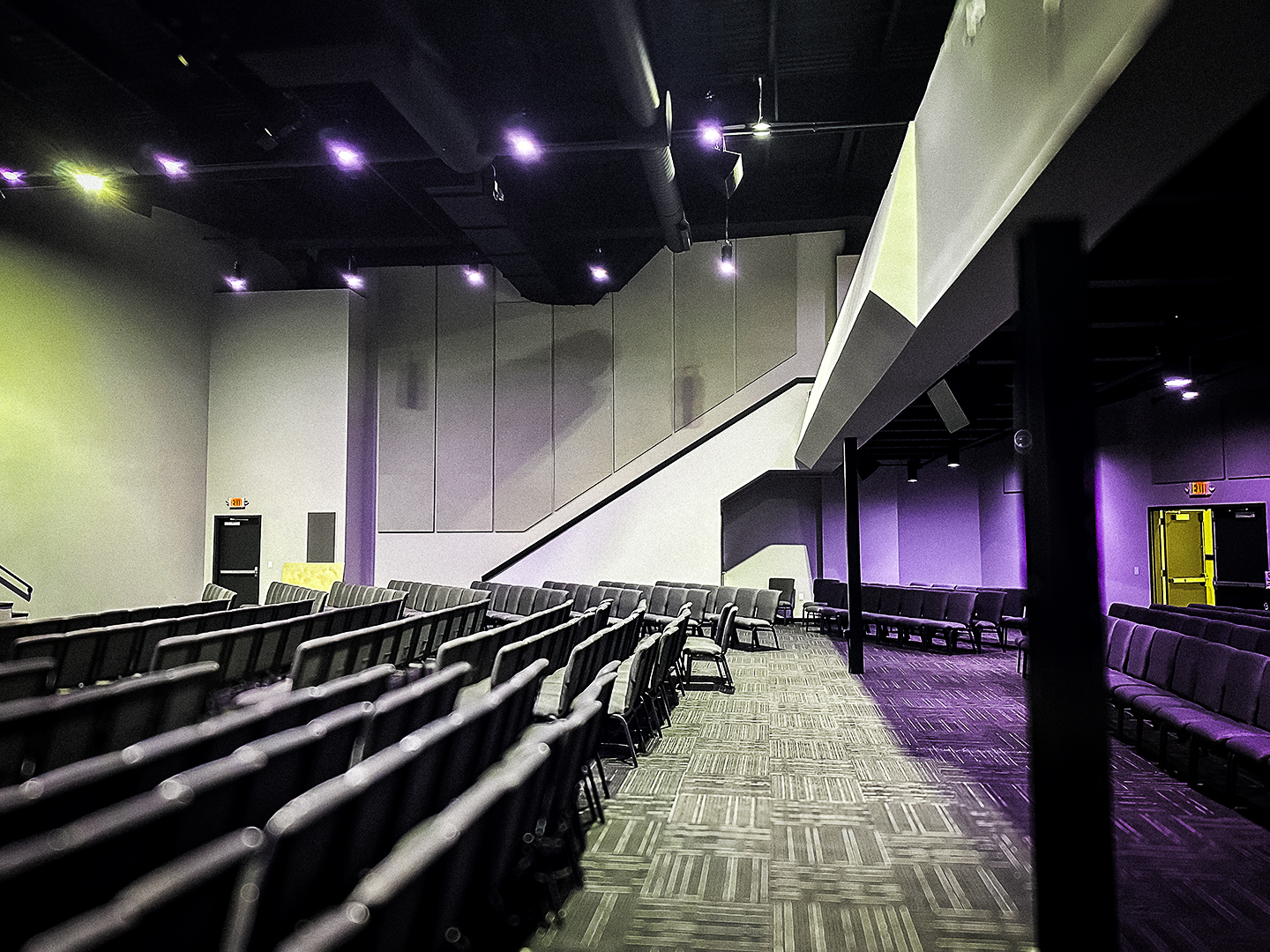Emile Berliner
- Jul 1, 2025
While we celebrate 20 years of acoustic solutions at Audimute, we also want to celebrate the legacy of those who came before us. Today, we're highlighting the contributions of Emile Berliner.
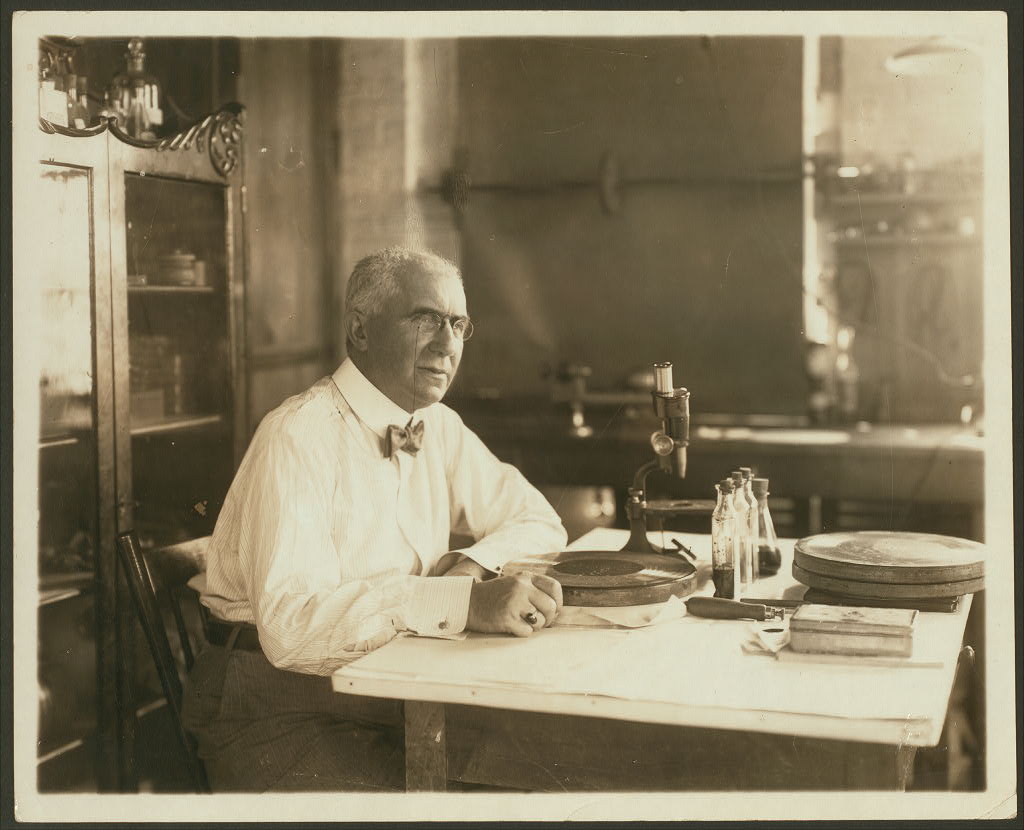
Today, Berliner is best remembered as the inventor of the gramophone and for his groundbreaking work in helicopters and rotary engines. But he also had a lifelong interest in acoustics, which prompted him to develop the Berliner acoustic tile in the 1920s (below).
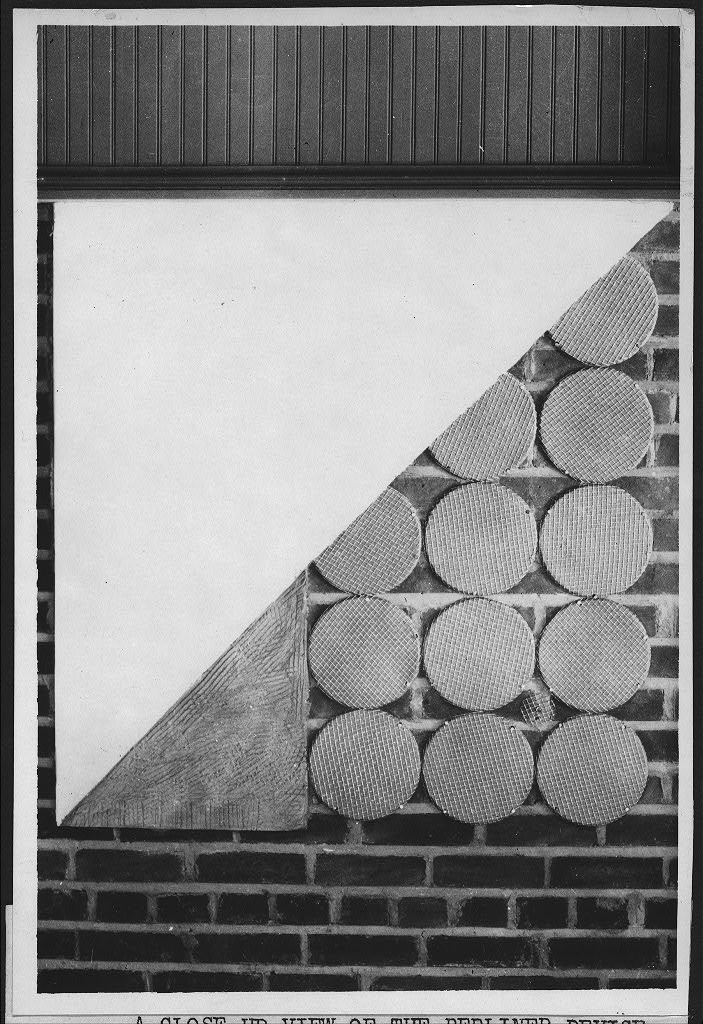
As one newspaper explained it at the time, Berliner's acoustic solution called for a room with poor acoustics to be "covered with hollow paper discs covered with thin wires to hold their shape. These are what Dr. Berliner calls 'sound sponges,' the principle being to absorb sound waves, preventing reflection." These discs were then concealed by a layer of specially made porous cement.
Berliner unveiled his concept for the first time at a meeting of the American Institute of Architects on October 8, 1925. Soon after, in February 1926, he received U.S. Patent No. 1573475 for his acoustic tile concept:
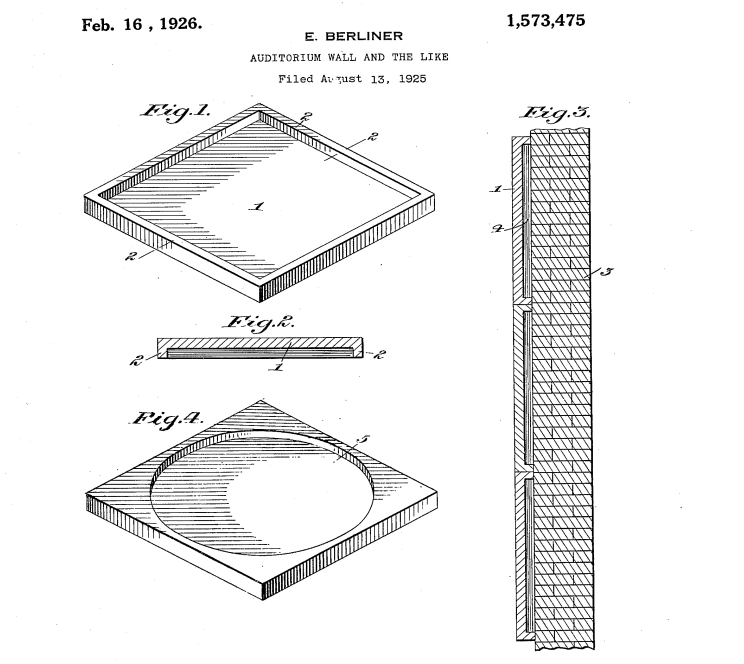
After another year of testing, Berliner gave the first public demonstration of his 'sound sponges' in February 1927 at the James F. Oyster School in Washington, D.C., during a lecture in the institution's 3,700-square-foot assembly hall by Lieutenant Benjamin H. Rigg, a member of the 1925 MacMillan Arctic Expedition. The results were immediately apparent: Lt. Rigg could be heard clearly, without echoes or reverberations distorting his speech.
Word spread quickly. Soon after, Berliner installed his "Resonant Walls" at Drexel University, the New York Cotton Exchange, and even the board room of a financial institution in India.
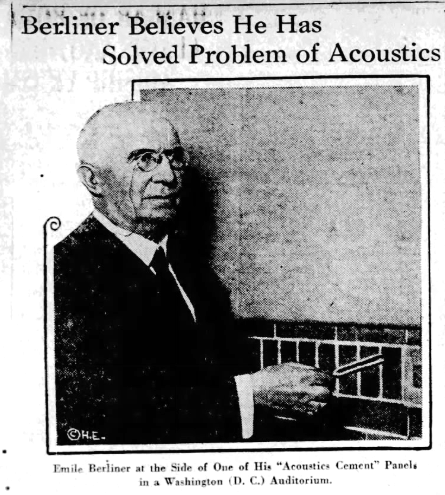
Sadly, just as his work in acoustics was starting to find an audience, Berliner passed away in 1929 at age 78. It's unclear if "Berliner's Resonant Walls" continued to be installed after his death.
(Images courtesy of Library of Congress, Motion Picture, Broadcasting and Recorded Sound Division & the United States Patent and Trademark Office)
